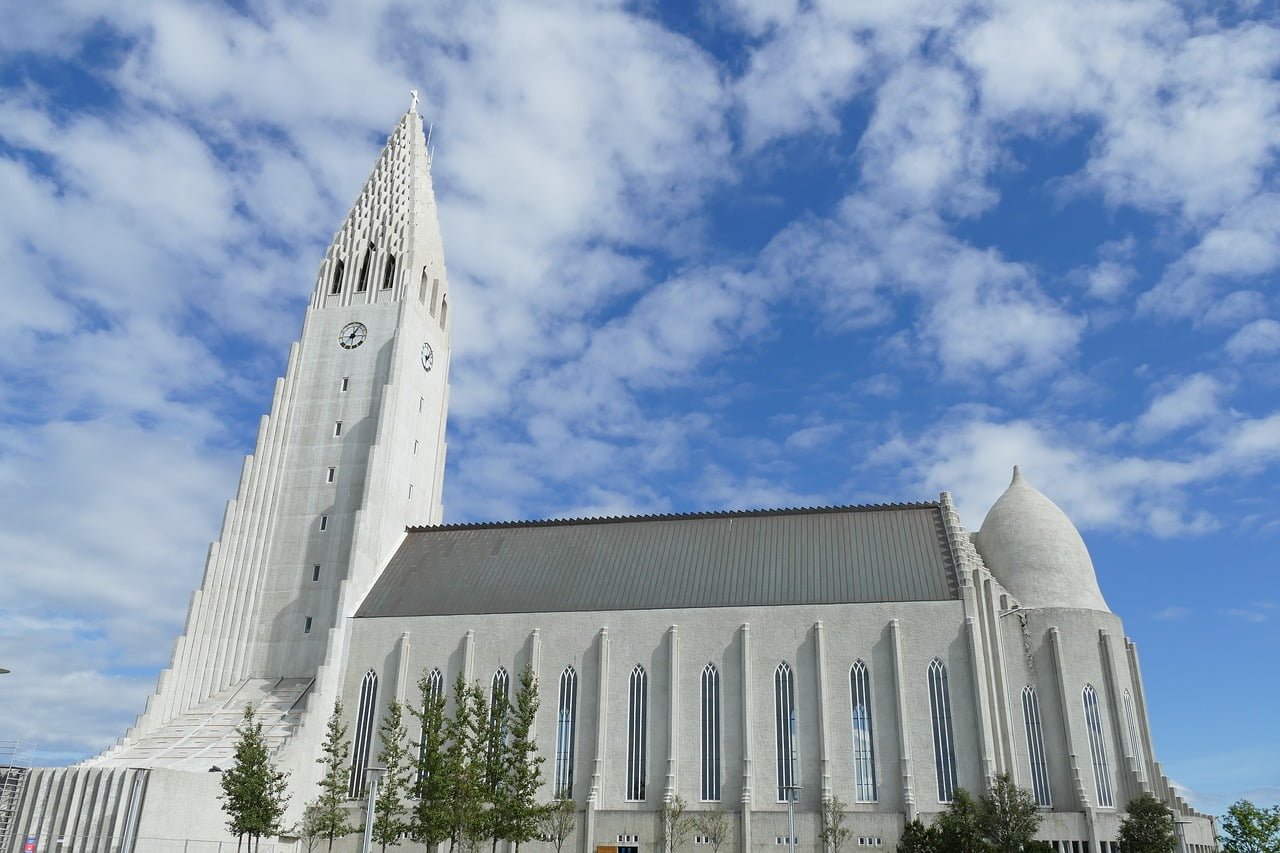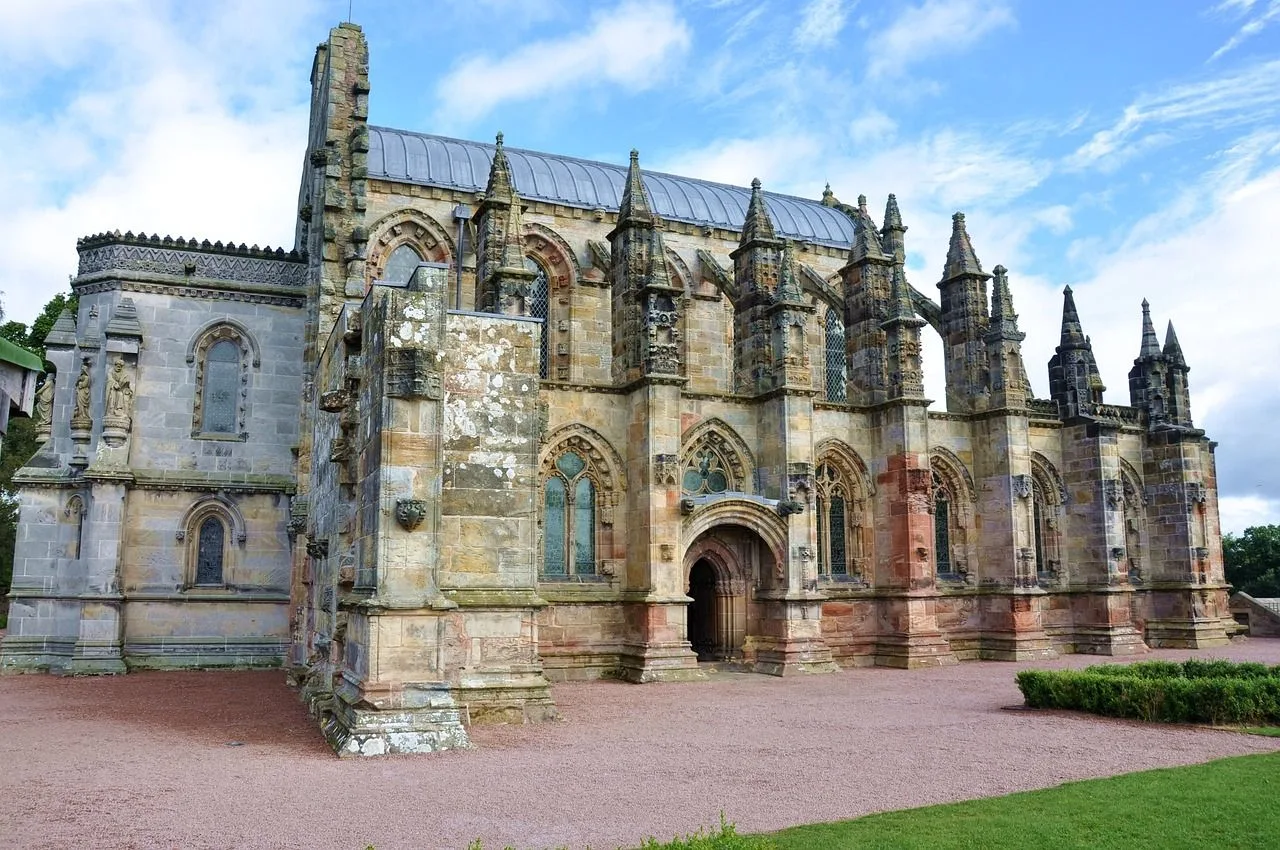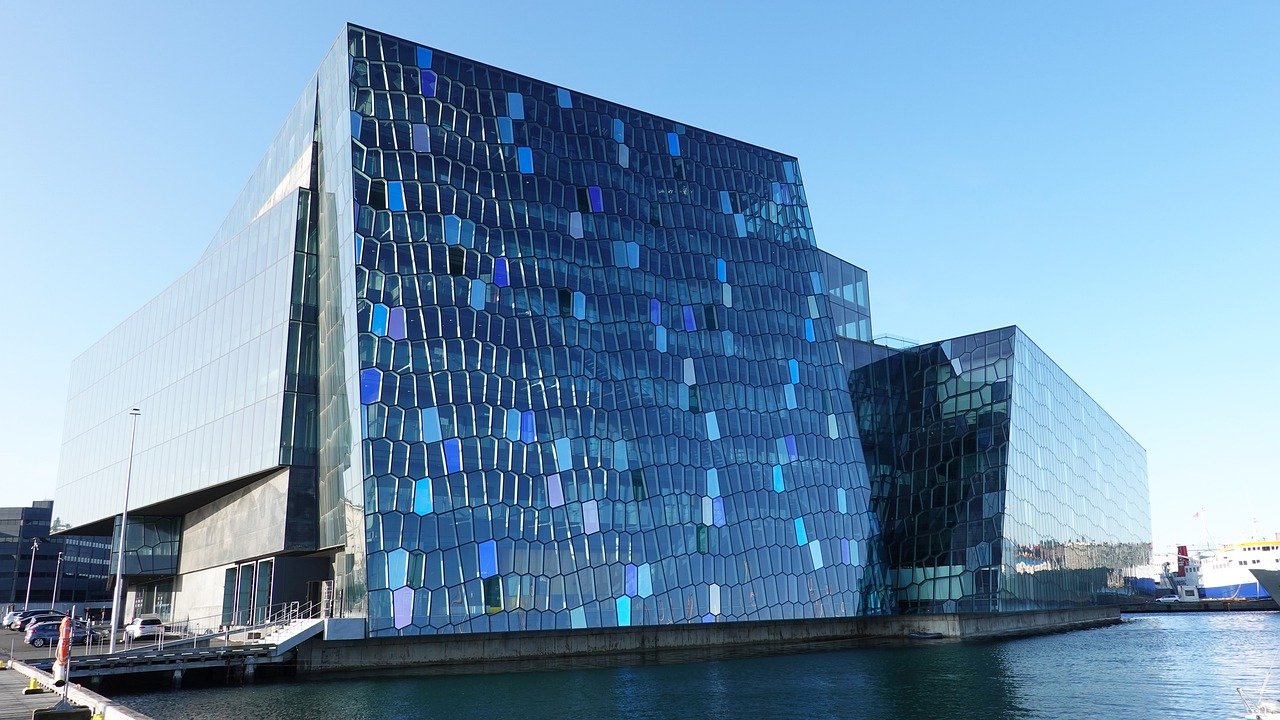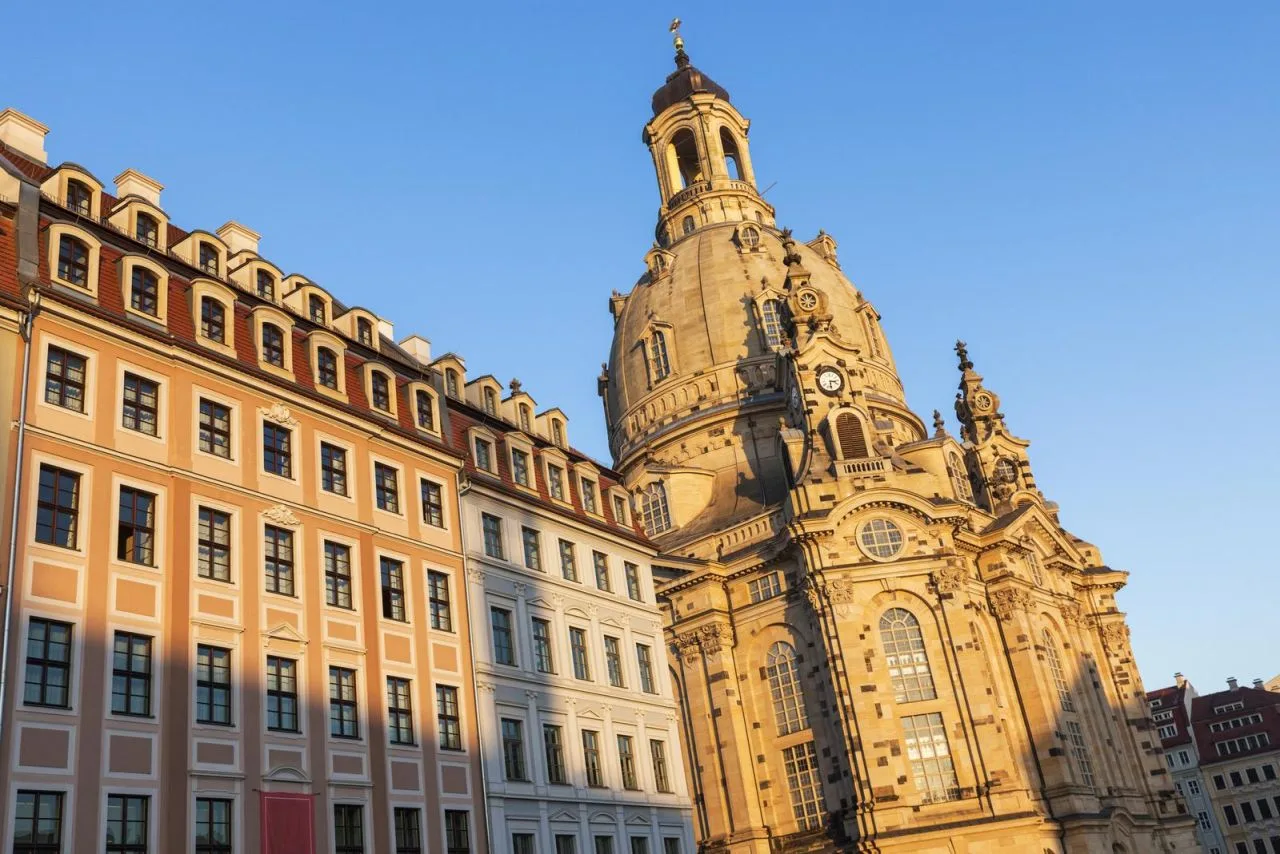Wurzburg Residenz
Address
Wurzburg Residenz
GPS
49.79280515, 9.9391778625348
Designed by Balthasar Neumann, construction on the Wurzburg Residenz took place between 1720 and 1744. May 22, 2020, marks the 300 years anniversary of starting of construction. The amazing stairwell, a single self-supporting trough construction, demonstrates Neumann’s brilliance at the outset of his career.
The mansion was furnished with the help of many renowned artists, such as the plasterer Antonio Bossi and the foremost fresco painter of the day, the Venetian Giovanni Battista Tiepolo, who painted the world’s longest continuous fresco in the stairway. Neumann sided with Austrian Maximilian von Welsch and German Lucas von Hildebrandt.
 On March 16, 1945, the city was completely demolished, except for the stairway, White Hall, Emperor’s Hall, and Garden Hall.
On March 16, 1945, the city was completely demolished, except for the stairway, White Hall, Emperor’s Hall, and Garden Hall.
Furniture and tapestries were preserved from the state chambers, which had been restored to its original opulent rococo splendor.
Almost 40 years were needed to complete the rebuilding. Presently, 42 of the home’s 340 rooms serve as exhibition space. The Martin von Wagner Museum and the University of also have space in the mansion.
Both the Bavarian State Painting Collections’ Würzburg State Gallery and the Residenz’s own gallery are devoted to the great centuries of Venetian painting.
Balthasar Neumann was also commissioned to design the Hofkirche. Lucas von Hildebrandt, an Austrian, was responsible for the décor, which features the signature weight of Viennese Baroque.
A fascinating architectural gem in the south wing, this space features circular shapes squeezed into a tight rectangular corset without disturbing the perfect symmetry of the building’s facades.
The Hofgarten underwent extensive renovations and redesigns under each successive prince-bishop. The current form of the garden was established during the reign of Prince Bishop Adam Friedrich von Seinsheim (1755-1779). The baroque bastions, numerous garden sculptures, and wrought-iron gates are all incorporated into the opulent rococo architecture of the courtyard garden.





